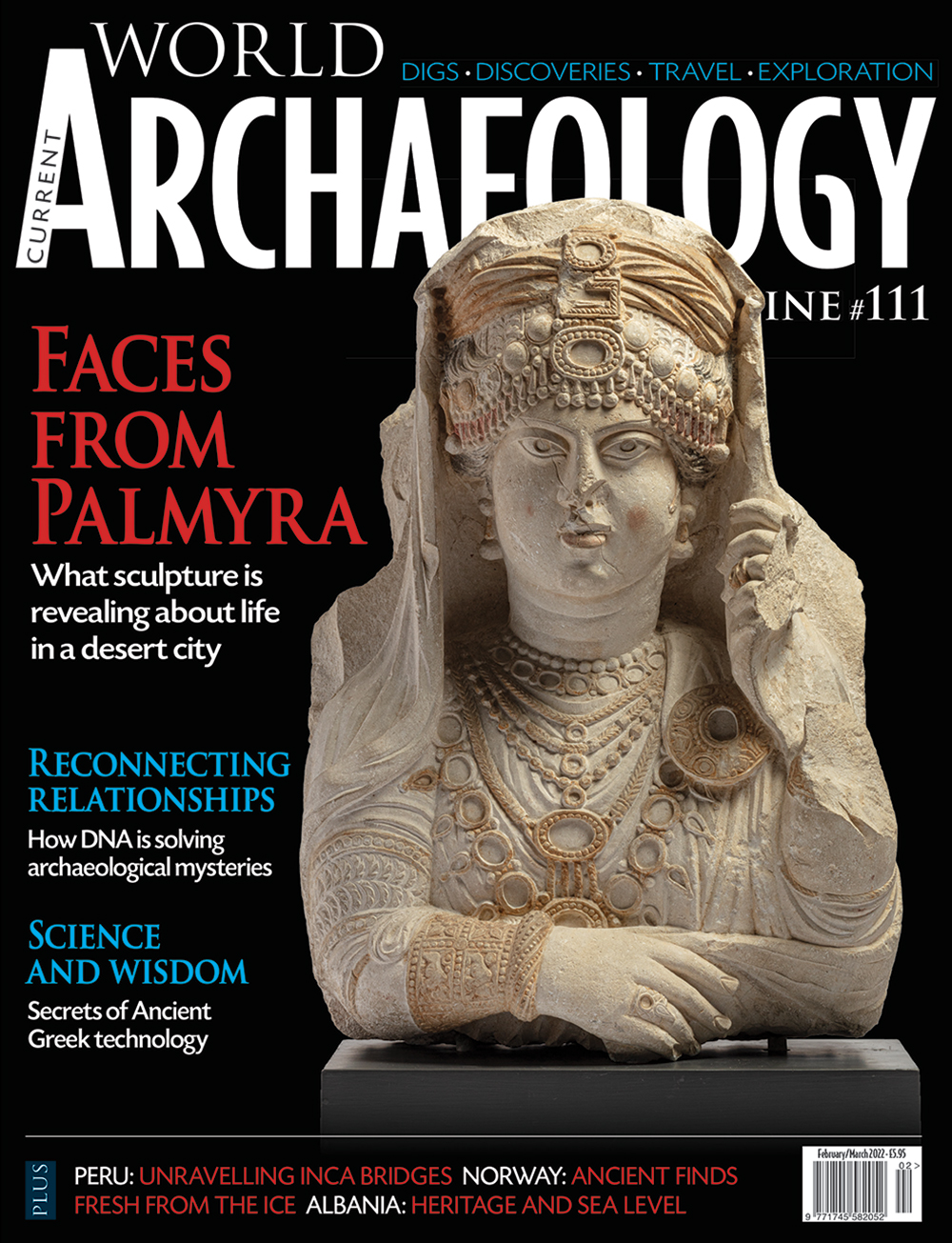Ancient visitors to the great family tombs outside the desert city of Palmyra would have come face to face with the dead. Within these edifices, the slots on shelves where the bodies lay were often sealed with sculptures depicting the deceased. Today, thousands of such likenesses are known, creating an extraordinary corpus of ancient art. Studying this is revealing fascinating insights into both life and death in a major trading hub. As well as showing that fashions come and go, the sculptures convey the enduring power wielded by wealthy families.
The significance of kinship has also been under the microscope in Sweden. Seeking family relationships between individuals buried in cemeteries has long taxed the ingenuity of archaeologists. Now, the increasing use of DNA analysis is providing answers. We take a look at three cases where reconnecting relationships brings fresh perspectives on past lives.
In Peru, connections of a different kind attracted the admiration of invading conquistadors. The Inca road network traversed some of the most demanding terrain on the planet, but it depended on ingenious suspension bridges to carry travellers over fast-flowing rivers. These bridges needed regular rebuilding, and it is possible that echoes of this tradition survived until recently in the Andes. Can these help us to grasp the role of local communities in the Inca world?
When it comes to Ancient Greek technology, the advent of modern scientific methods is allowing us to appreciate the full scope of their achievements. Both new discoveries and new approaches are shedding fresh light on subjects such as the strengths – and weaknesses – of Greek ships, the role of music, and the nature of sophisticated mechanical computers.
Finally, after a study outlining the risks of projected sea-level rises for some archaeological sites was published, Richard Hodges and David Prince consider the situation at Butrint.

